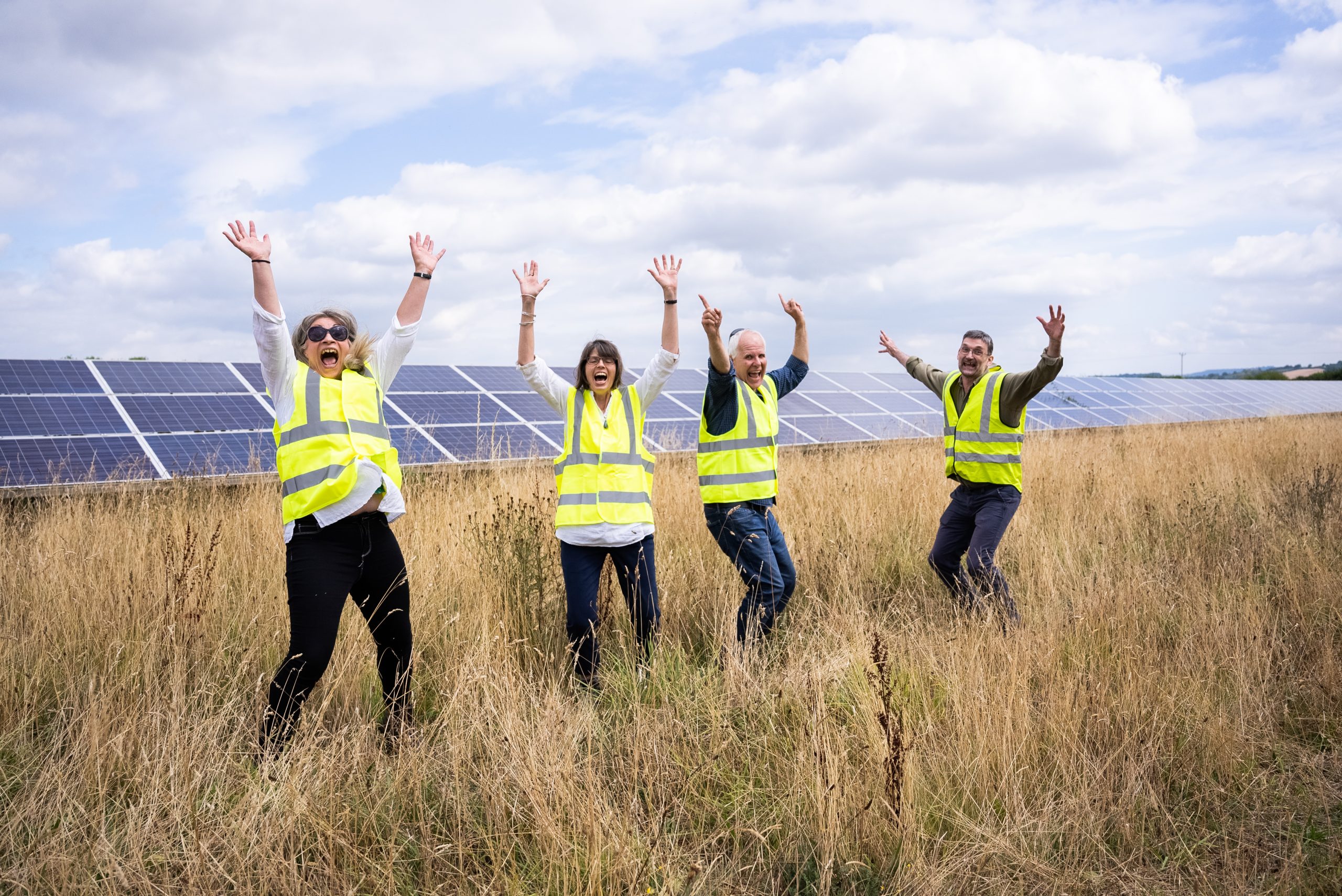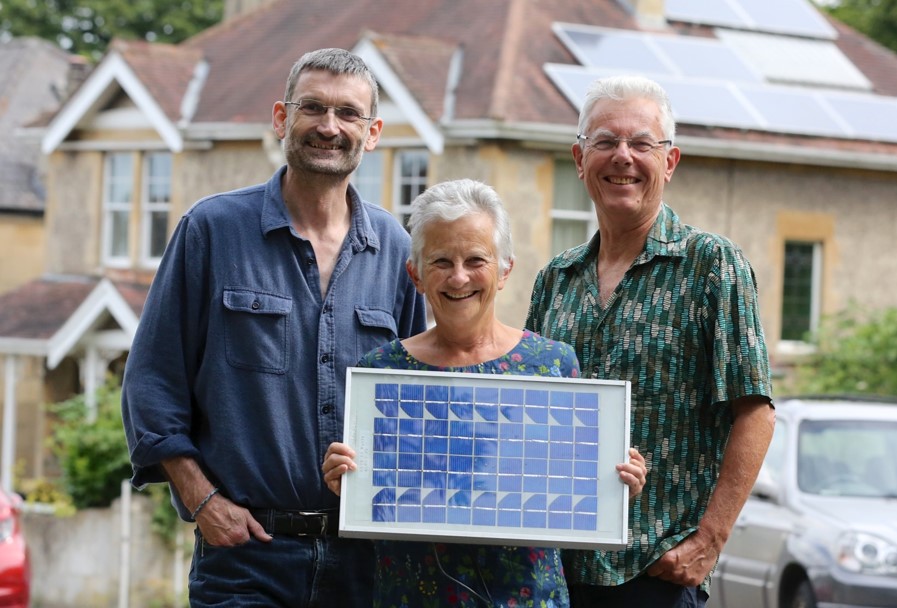The latest in our series of Living with Renewables webinars was run in conjunction with Avalon Community Energy. Transforming Home Energy Demand for a Greener Grid provided an overview of the context and explored what we can do, as householders, to support the low carbon energy transition.
With a presentation from Pete Capener, Managing Director of BWCE and a panel Q&A session. Chaired by Sonya Bedford, Energy Team head at Stephens Scown Solicitors, BWCE Director and legal advisor to ACE.
Check out the event page to see videos and presentations from the webinar.


